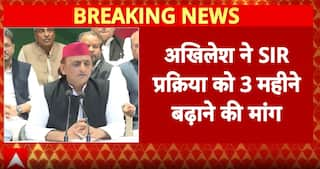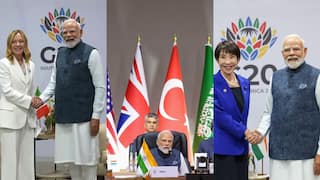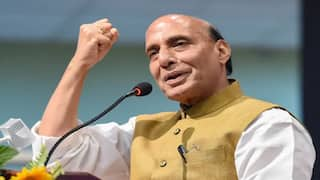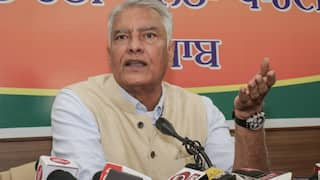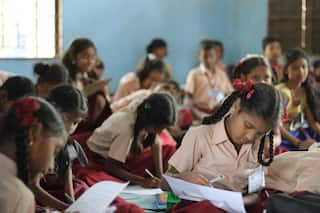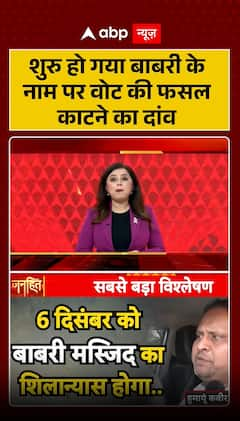Explorer
The 'Ring Of Fire' And Summer Solstice are Happening Together After 19 Yrs; Know The Reasons Behind This Celestial Event
According to NASA, there is no part of an annular eclipse during which it is safe to look directly at the Sun. You must use a proper solar filter or an indirect viewing method during all phases of the eclipse.

According to reports the ring of fire will appear at 11:49 am in India
New Delhi: The first solar eclipse of the year 2020 will be seen today but what makes it more special is this solar eclipse is on the day of the summer solstice, the longest day of summer. The ring of fire solar eclipse and the summer solstice are happening together for the first time in 19 years.
The last time a solar eclipse and summer solstice occurred together was on June 21, 2001, but it was full solar eclipse and people could not witness the ring of fire.
ALSO READ|Solar Eclipse 2020: List Of Do's And Don'ts To Protect Yourself During The Celestial Event This Sunday
Before that, there was a solar eclipse during the summer solstice of 1982.
The next Solistice Summer Eclipse
The next is expected to happen on 21 June 2039, with another one in 2058. But after that, a solstice summer eclipse won’t happen for nearly 200 years. Once 2058 comes and goes, the solstice summer eclipse won’t be nearly two centuries.
How does a summer solstice occur?
According to NASA, earth has a slight tilt as it orbits the Sun, and June is one of two times each year when that tilt is most prominent: a solstice. At the solstices, which happen each year in June and December, Earth’s tilt is at the greatest angle with respect to the plane of its orbit, meaning that one hemisphere is tilted towards the Sun, and the other hemisphere is tilted away. This year it is the Northern Hemisphere witnessing the constant dance of the earth and the sun.
The odds of a solstice summer eclipse
Solstices occur twice a year — once in each hemisphere. For there to be a solar eclipse, there has to a new moon in the sky, which happens once every 29.53 days. There’s a 3.4% chance that both of those events will occur together.
However, for solstice summer eclipse you don’t just need a new moon — you need for the Moon to be in perfect alignment between the Earth and the Sun.
For all of the 1900s, the 20th century there were around of 1,237 new moons. However, only 228 of them occurred during a solar eclipse, a mere 18% of all new moons.
This means, on average, the odds of a solar eclipse and the solstice occurring on the day are only once every 82 years.
So why are we seeing a solstice solar eclipse in a gap of only 19 years?
The reason for the discrepancy is the cyclical nature of the universe. The phenomenon of a 19-year eclipse cycle is called the ‘Metonic cycle’.
For every 19 years that go by, almost 235 lunar months come to pass as well. The 235 lunar months fall short by 72 minutes. When they add up, they push the Earth out of sync with the solstice and the cycle needs to start over.
We just happen to be living at a time that is in the middle of a lunar cycle that coincides with our annual calendar.
Before 1982, the last solstice summer eclipse occurred on 22 December 1870, a gap of more than a century. An entire generation lived and died without ever seeing a solstice summer eclipse.
The same holds true if you jump forward in the future. After the solstice summer eclipse of 2058, another won’t occur till 22 December 2242, that’s a gap of almost 200 years.
So we are fortunate enough to see so many solstice summer eclipses in our time, but there’s a long drought coming after that.
Also Watch|International Yoga Day: Yoga also provides mental balance along with physical strength, says PM Modi
Follow Breaking News on ABP Live for more latest stories and trending topics. Watch breaking news and top headlines online on ABP News LIVE TV
Read more
Advertisement















